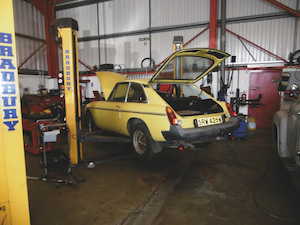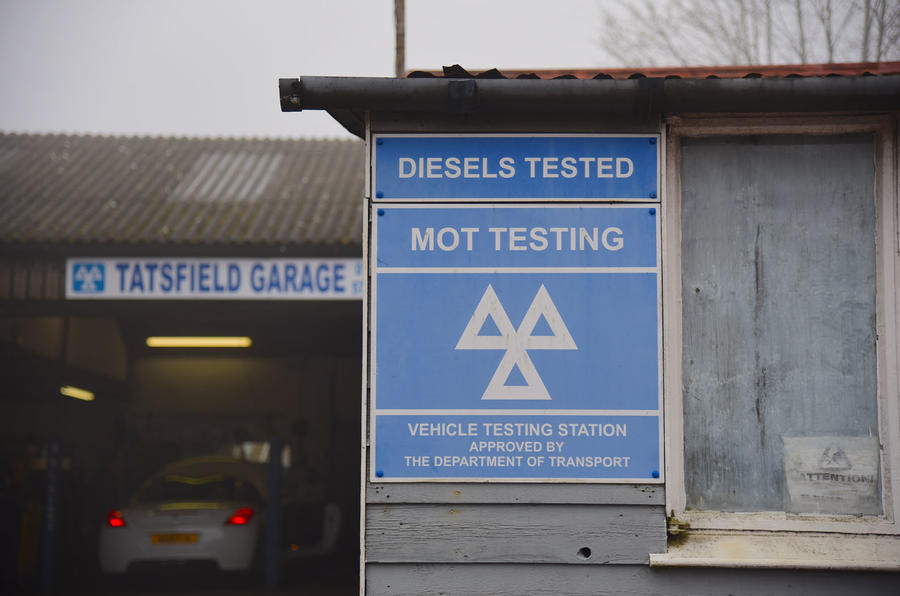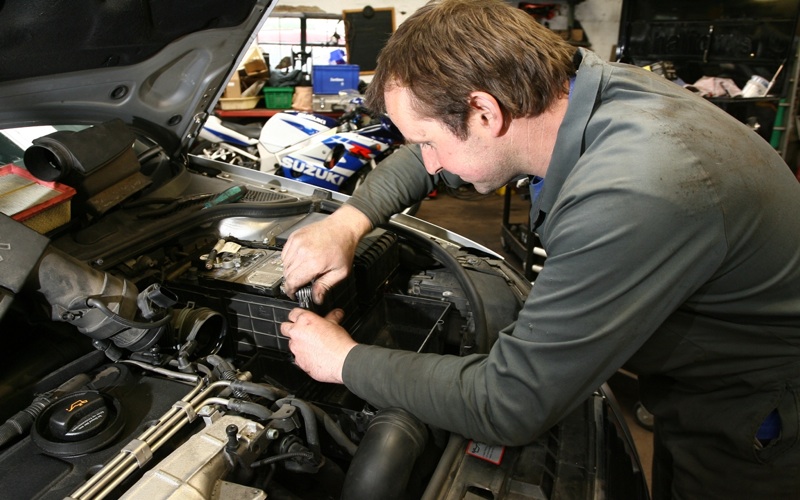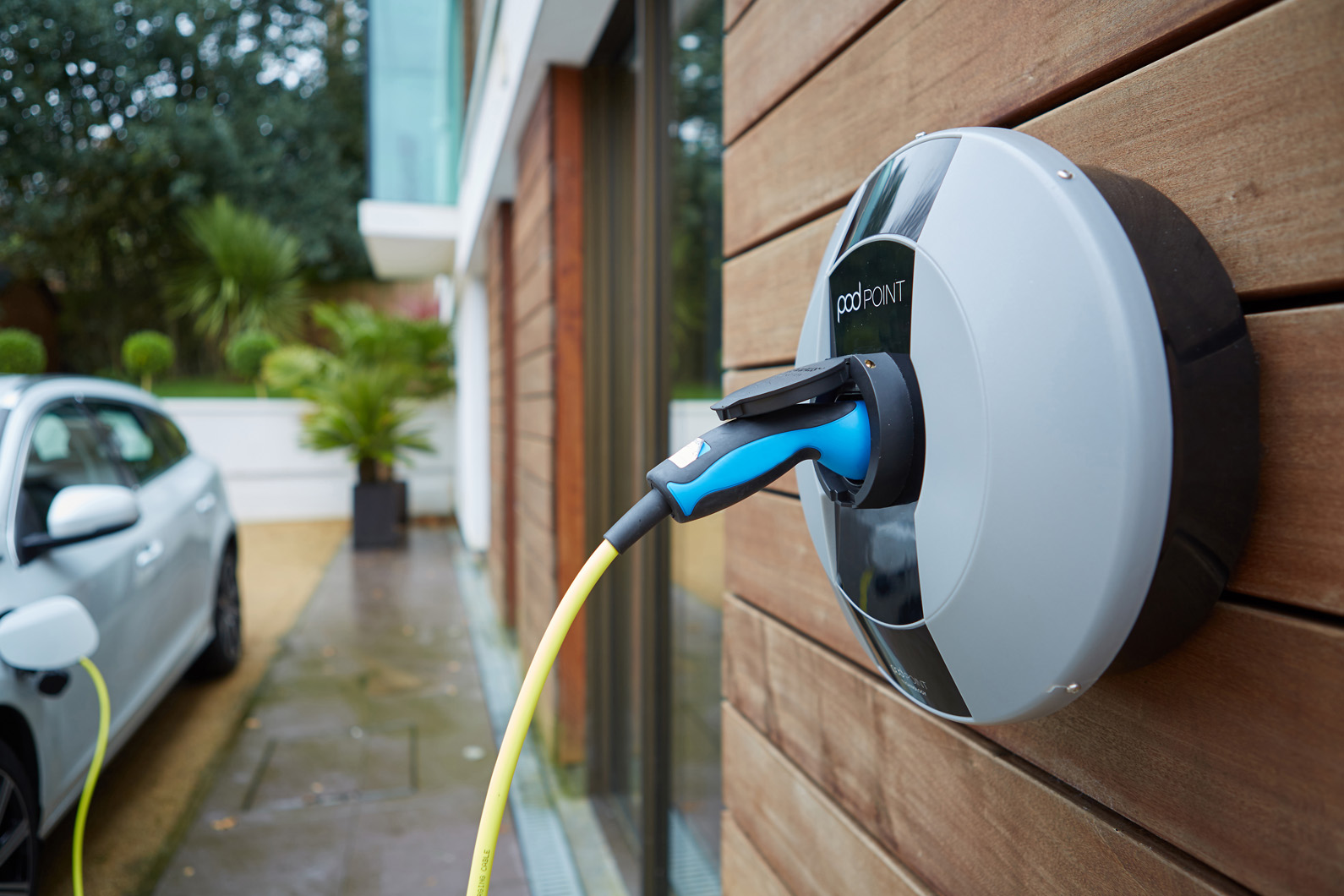BY: Hayley Pells is the proprietor of Avia Autos in Bridgend
With around one in three MoT tests presented resulting in a requirement for repair to achieve a pass certificate, it is easy to understand the logic of a low price point for MoTs to increase the occupancy of the repair ramps. However, is now the time to review strategy for pricing, with the creeping rise of costs to run an MoT lane coupled with the uneven loading of demand?

There is little government interest to increase the maximum test fee of £54.85 to the motorist, citing how garages have traditionally been disinclined to price at the current maximum fee allowed (although the ‘slot fee’ that the garage pays to book the test on the system has increased slightly).
Private MoT stations juggle a difficult role to the motorist, self-funding a public service, while adhering to strict, increasingly monitored standards and maintaining an income to keep the lights on. Understanding that the MoT test fee is an unwelcome expense to the motorist, charging slightly less than
the government maximum allowed fee allows for a common cause to develop between the motorist and the station. Of course, increasing that ceiling may encourage test stations to increase their fees in proportion. but this argument has failed to sway decision-makers, freezing the maximum test fee at the rate set way back in April 2010.
Inflation
The Independent Garage Association noted the Bank of England inflation rate between 2012 and November 2020, when the report was published, averaged 2.5% per annum. Less slot fee, but not considering other costs, the MoT test nets £52.80. An inflationary increase since 2012 would place the MoT fee closer to £70 for 2021, this fee would be higher still if the calculation went back to 2010 and would possibly price private transport out of the reach for many people.
Government intervention for maximum allowable fees for services in which there is no choice but to buy is not extended into every area. Making Tax Digital (MTD) software is a legal requirement for most businesses, prices which increase each year. A similar cap applied could prompt a welcome pricing strategy within MTD software provision, at the time of writing the Federation of Small Businesses (FSB) estimated that this increase of compliance costs each business around £4000 and 52 hours a year.
Reluctance to ask for the maximum allowed fee is not the sole province of the small workshop. Dealerships, large chain independents, all have used (or currently employ) the MoT test fee price placed below the maximum fee allowed to attract motorists.
Literature aimed at the motorist shopping around suggests that the cheapest fee might not be the best solution and CAT Magazine reported in 2014 that the motorist inclined to shop around for a test fee is also likely to then shop around for repairs.
MoT Extension
The MoT extension is likely to impact MoT test loading for the next eight years, possibly more if the UK car parc continues to age. Keeping an eye on what the organisation costs to run is a business basic, recording which MoT failures convert to sales during this busy time will enable that data to be easily available to decide next year’s prices, creating a more business-like approach to strategy. Capturing the data by downloading the MoT log into a spreadsheet will enable an easy method to highlight the failed vehicles to compare with sales from the workshop – remember to comply with GDPR for any data stored.
The idea that independent workshops set a price point to simply to be competitive within the marketplace oversimplifies the more complicated motivations and is disrespectful to those making these decisions. As all other prices rise with inflation, the choice to remain below the maximum fee may not be a viable long-term option regardless of the proportion of motorists whose vehicle fails the test opting to have repairs done at the same garage, but that data analysis may serve well when communicating the reasoning behind an unwelcome price increase.
In our garage, we’ve found it useful to photograph, or occasionally video the items contributing to test failure in the emailed estimate. Not only has this encouraged written authorisation, but it raised the estimate to sales conversion rate to almost 100%.
Outliers generally are vehicles that have reached the end of the road. Enabling the motorist to consider the repair in their own time instead of pushing for an answer over the phone has increased satisfaction levelsfor both staff and motorists.











Go to comments